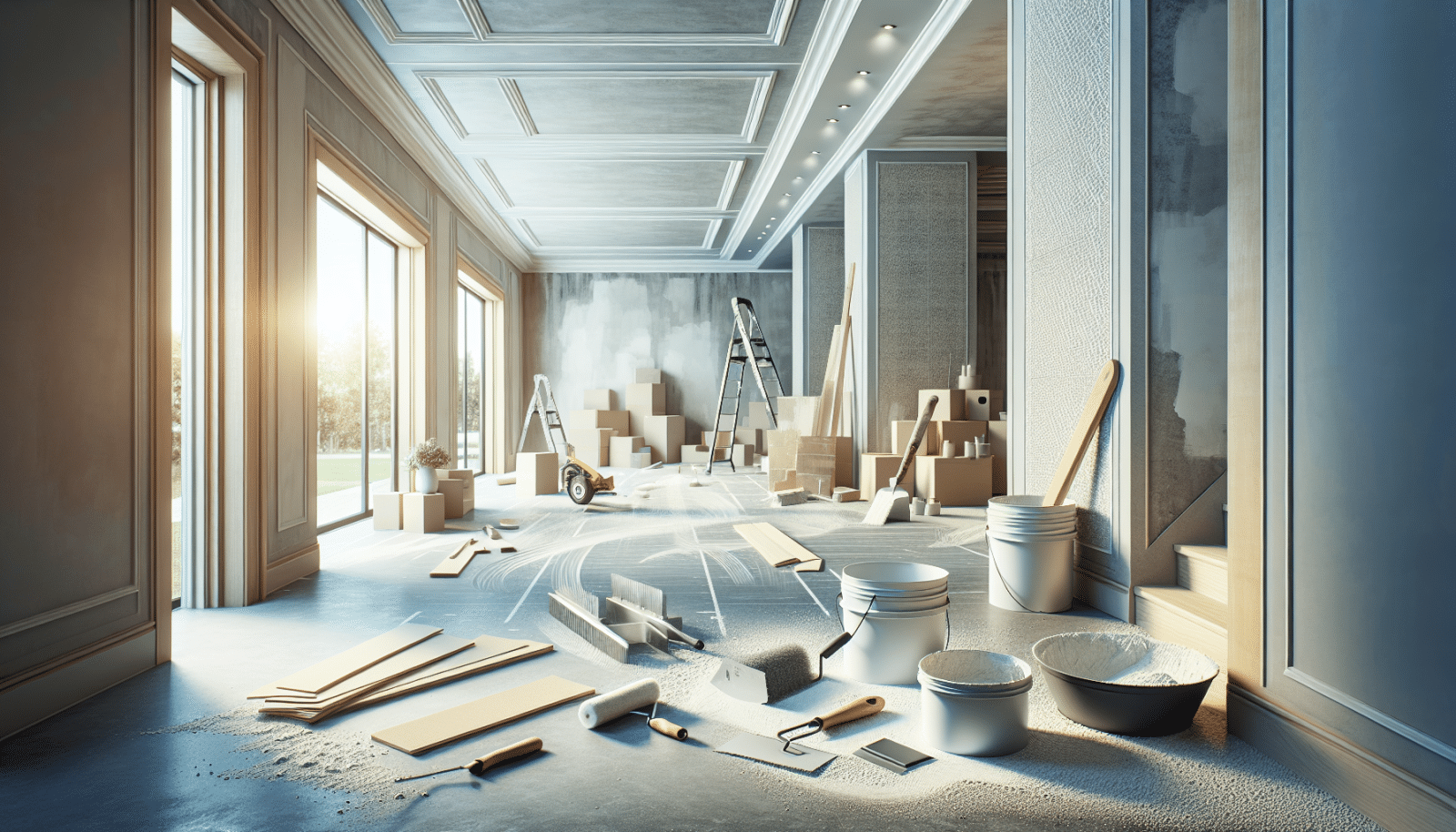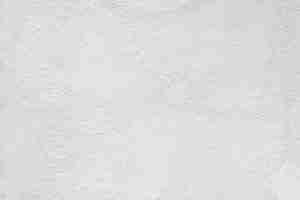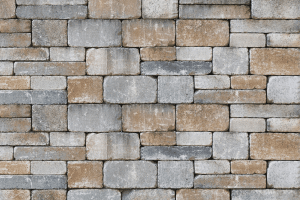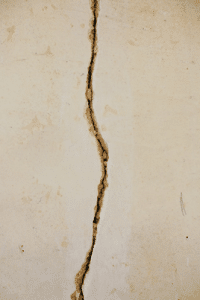Drywall finishing can be a daunting task for many homeowners. At Utah Drywall & Repair, we understand the frustration that comes with visible seams and imperfections. That’s why we’ve created this guide to help you achieve seamless drywall finishes. This comprehensive article will walk homeowners like you through the process, ensuring your walls look flawless and professional.
Contents
- 1 Understanding Drywall Materials
- 2 Gathering The Right Tools
- 3 Prepping Your Workspace
- 4 Applying the First Coat of Joint Compound
- 5 Taping the Joints
- 6 Applying the Second Coat of Joint Compound
- 7 Sanding Between Coats
- 8 Applying the Final Coat of Joint Compound
- 9 Final Sanding and Touch-Ups
- 10 Priming the Drywall
- 11 Quick Tips for a Flawless Finish
- 12 Why Trust Utah Drywall & Repair
Understanding Drywall Materials
Before diving into the finishing process, you must understand the basic materials involved. Drywall, joint Tape, and joint compound are the trifecta for a seamless finish. Using quality materials can make a significant difference in the final result.
Drywall sheets are the foundation of your walls. Joint tape, either paper or mesh, covers the seams between drywall sheets. The joint compound, or mud, smooths over the tape and any other surface imperfections, giving walls their final smooth appearance.
Gathering The Right Tools
Preparation is the key to success. Make sure you have all the essential tools before you start. Drywall knives, a mud pan, a Sanding block, and a T-square are some must-have items.
Drywall knives come in various sizes. You’ll need a variety for different stages of finishing. A mud pan will help keep your joint compound close by and manageable, and a sanding block ensures those finishing touches are smooth.
Prepping Your Workspace
Before starting, it’s crucial to prepare your workspace properly. Lay down drop cloths to protect your floors and furniture. Ensuring a dust-free environment can make a huge difference in your results.
First, remove any furniture from the area or cover it securely. Then, clean any dust or debris from the drywall surface. Having a clean, organized workspace will make the finishing process smoother and more efficient.
Applying the First Coat of Joint Compound
The initial coat of joint compound is vital for setting the stage for a seamless finish. Start with the seam areas and inside corners. Apply a thin layer of compound, just enough to cover the tape without creating bumps.
Hold your drywall knife at a 45-degree angle and smooth the compound evenly. Don’t worry if it looks uneven at first; later coats will build up and even out the surface.
Taping the Joints
Taping is an essential step to ensure a seamless finish. Use joint tape to cover all the seams. Make sure to embed the tape into a thin layer of joint compound for best results.
Cut your tape to the desired length and press it firmly into the still-wet compound. This will help reinforce the drywall joints and prevent future cracks or separations.
Applying the Second Coat of Joint Compound
After the first coat has dried, it’s time for the second layer. This coat is slightly thicker and should cover the tape and the surrounding area more effectively.
Make sure to feather the edges of the compound outwards to make the transition smoother. This will make the sanding process much easier later on.
Sanding Between Coats
Sanding is a crucial step in achieving a seamless finish. Lightly sand out any bumps or ridges after the first and second coats have dried. This helps create a smooth, even surface for the final application.
Use a fine-grit sanding block and be gentle. You don’t want to sand too much and expose the tape underneath, just enough to remove imperfections.
Applying the Final Coat of Joint Compound
The third and final coat is your chance to perfect your work. Apply a thin, even layer of joint compound over the previous layer. Feather the edges out even further to ensure they blend seamlessly into the wall.
Take your time with this final layer. Smooth it out as much as possible to minimize the amount of sanding needed later.
Final Sanding and Touch-Ups
Once the final coat is completely dry, give the surface one last sanding. Use a fine-grit sanding block for this. The goal is to create a super-smooth surface that will perfectly blend with the rest of your wall.
Feel the wall with your hand to detect any imperfections that your eyes might miss. Touch up these areas with a bit more joint compound if necessary, and sand again.
Priming the Drywall
Priming your drywall is the final step before Painting. A good primer will seal the joint compound and create a uniform surface for you to apply paint.
Apply a coat of high-quality primer to the entire wall. This will not only prepare it for painting but also reveal any last-minute imperfections. Fix these before moving on to the final paint job.
Quick Tips for a Flawless Finish
- Use Quality Materials: Investing in high-quality drywall, joint tape, and joint compound will yield better results in the long run.
- Keep It Thin: Each layer of joint compound should be thin and even. Thick layers can lead to bumps and uneven surfaces.
- Feather the Edges: Always feather the edges of your compound layers to ensure a smooth transition between the drywall and compound.
- Take Your Time: Allow each coat to dry completely before moving on to the next. Rushing can create imperfections.
- Consistency is Key: Keep the consistency of your joint compound consistent to avoid lumps and uneven application.
Why Trust Utah Drywall & Repair
Choosing the right team for your drywall finishing needs is crucial. At Utah Drywall & Repair, we pride ourselves on our experience and dedication to quality. We serve homeowners with a commitment to excellence that ensures your walls are flawless.
Our team is professional, experienced, and detail-oriented. You can trust us to get the job done right the first time, saving you time and stress.
For impeccable drywall finishes, call us at 801-406-6350 or Request a Free Quote.




